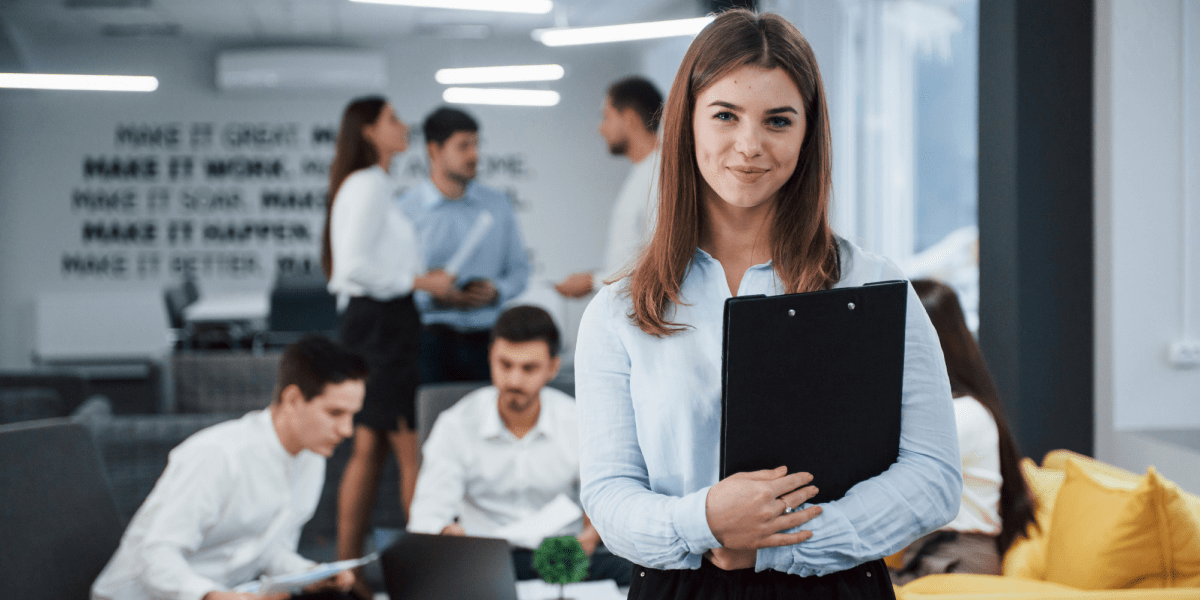How to Kickstart Your Career in UI UX Design
Jul 4, 2024

Are you someone who takes pleasure in designing intuitive digital interfaces that are both visually striking and easy to use?
Do you revel in the process of resolving intricate issues through elegant and straightforward design solutions? If this resonates with you, then a career in UI/UX design may be the perfect match. Below, you’ll find a thorough guide to help you kickstart your journey in UI/UX design and thrive in this thrilling and ever-evolving field.
It’s important to start by understanding the distinction between UI (User Interface) and UX (User Experience) design. UI Design focuses on the visual elements of a product, such as the layout, colors, typography, and interactive features. It’s about creating a visually appealing interface. On the other hand, UX Design is concerned with the overall experience of a user with a product. This encompasses activities such as research, prototyping, usability testing, and ensuring that the product effectively meets the user’s needs. Both roles play a crucial part in creating a successful digital product, and having a strong grasp of both will make you a versatile designer.
When starting with UI/UX design, it’s important to first learn the basic principles. Many resources are available online, including blogs, tutorials, and courses for beginners. Platforms like Engineer Sahab Education LinkedIn Learning, and Interaction Design Foundation offer courses developed by universities, a diverse range of courses suitable for all levels, courses taught by industry experts, and extensive and specialized UX courses, respectively. These resources will give you the knowledge and skills needed to understand the essential concepts of UI/UX design and build a strong foundation.

As a UI/UX designer, it’s important to have a good grasp of design tools. Some commonly used tools include Sketch, which is great for UI design and collaboration, Adobe XD for creating and sharing prototypes, Figma, a web-based tool for real-time collaboration, and InVision, which is excellent for prototyping and workflow management. It’s worth taking the time to explore and become proficient in using these tools’ features. Many of them offer free trials or community editions that can help you get started.

It is essential to have a solid understanding of design principles to create impactful and successful designs. A key aspect of this is delving into color theory to harness the power of colors for visually stunning designs while also considering the influence of different colors on user behavior and emotions. Another crucial element is typography, which involves experimenting with various fonts and typefaces to enhance readability and user experience, as well as understanding hierarchy and spacing. Furthermore, mastering layout and grid systems is imperative for organizing content in an intuitive and user-friendly way, ensuring coherence and consistency in design. Lastly, delving into interaction design is vital for creating intuitive user interactions and focusing on human-computer interaction principles and usability. These principles form the foundation of exceptional design and pave the way for creating user-centric products.

The best way to learn is by doing. You can start working on small projects to apply what you’ve learned. Maybe you can redesign existing websites or apps, choosing a favorite one and making it even better. Focus on improving the user experience, document your process, and explain why you made the changes you did. You can also create personal projects, tackling hypothetical scenarios or real-world problems. This will help you practice and show off your problem-solving skills. Another great idea is to contribute to open-source projects. Collaborating on open-source projects can give you valuable experience and feedback from other designers, and it also shows your willingness to contribute to the community. These projects will help you build a portfolio and gain practical experience.

Building a strong portfolio is essential for effectively showcasing your unique skills and talents to potential employers or clients. It’s vital to include comprehensive case studies that provide a detailed insight into your design process, starting from the initial research and ideation phase right through to the final design and user testing. In these case studies, make sure to thoroughly articulate the specific problems you encountered and the innovative solutions you implemented. It’s important to exhibit a diverse range of projects in your portfolio to demonstrate your versatility and proficiency. This should include various types of design work such as web design, mobile app design, and user research, among others. Strive to ensure that your portfolio is well-organized and visually captivating, with a simple, clean layout that truly makes your work stand out. Remember, your portfolio serves as your gateway to securing interviews and freelance opportunities, so it’s crucial to make it as impressive and impactful as you possibly can.

To stay current with the latest trends and tools in UI/UX design, you can follow Engineer Sahab Education blogs. These blogs provide valuable insights and updates. Participating in design communities, forums, meetups, and online communities like Dribbble, Behance, and UX Design on Reddit can also keep you informed about new techniques and industry standards. Attending conferences and workshops, such as the UX Design Summit, Awards Conference, and Adobe MAX, is a great way to network and learn from industry experts. These events often feature talks, workshops, and networking sessions. Being an active member of the design community can help you stay current and connected.

Remember, having a mentor can help speed up your learning process. Look for experienced designers who can offer guidance and feedback on your work. Don’t be afraid to ask for advice and learn from it. You can find potential mentors on platforms like LinkedIn and design communities.

As you gain confidence in your skills, consider pursuing internships or entry-level positions. These roles offer valuable hands-on experience and the chance to make important professional connections. Be sure to customize your resume and cover letter to showcase your enthusiasm and skills for UI/UX design.

As you embark on your journey to pursue a career in UI/UX design, it’s essential to understand that success in this field requires dedication, continuous learning, and a profound passion for creating user-centric designs. By consistently honing your skills, embracing new challenges, and maintaining a genuine enthusiasm for the process of crafting meaningful digital experiences, you will lay a solid foundation for becoming a successful UI/UX designer. Stay committed to your growth, be open to learning from your experiences, and remember to enjoy every step of the journey as you progress toward your goals.
Good Luck!!!
© 2025 Engineer Sahab Education. All rights reserved.